
|
|
|
|
|
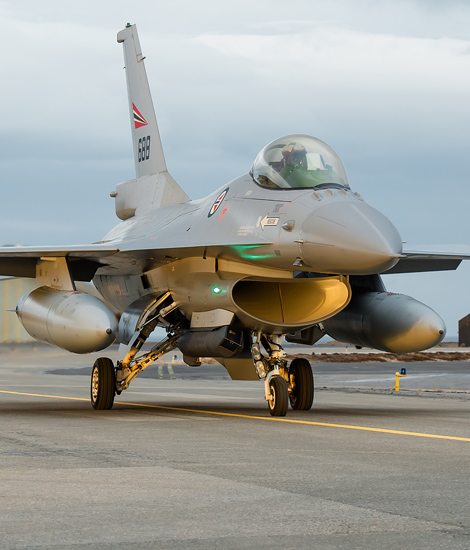
|
The Iceland Air Meet 2014; Keflavik, February 12, 2014
The Norwegian Organization of the IAM2014; Text and Photograph's by Alex van Noye
The Iceland Air Meet is organized for the first time this year at the Icelandic airbase of Keflavik. This meeting between the Northern European air forces is an initiative of the Icelandic Coast Guard and the Norwegian Air Force. In three weeks, the Norwegian, Swedish and Finnish units will train intensively together.
The Iceland Air Meet 2014 took place at the Icelandic Keflavik Air Base from Friday January 31, 2014, until Friday February 21, 2014. This joint training is an important training for the fighter pilots, combat leaders and ground staff of the Norwegian, Swedish and Finnish air forces. The Iceland Air Meet is not an exercise, but a comprehensive international training for the Northern partners. During an exercise a scenario is practiced, while daily aspects of flying are practiced during training. The Iceland Air Meet 2014 (IAM2014) is an intensive cooperation between the NATO member states Norway, the Netherlands, Iceland and the partner countries Sweden and Finland. The training is based on the Norwegian deployment at Keflavik for the Iceland Air Policing mission which was launched by the Norwegians on January 27. It is the first time Sweden and Finland will operate from Keflavik in Iceland during the IAM2014. This collaboration enhances the interoperability of these air forces and the cooperation with the NATO partners. This cooperation is referred to as the Nordic Defense Cooperation (NORDEFCO) which is a covenant between NATO countries and partner countries. The NATO will act during this training as the overall coordinator from the Combined Air Operations Centre (CAOC) in Uedem in Germany. Norway is the organizer of this training course and will plan all the organizational aspects.
The training director during the Iceland Air Meet 2014 was the Norwegian Col Geir Wiik. The main goal of the joint training is to maximize training opportunities with Northern partners. In addition, it is the ability to develop a northern defense coope- rative organization within the NATO. The improvement of the NATO inter-operational capabilities plays an important role during this training. There will be trained in accordance with the NATO Air Force Standard (AFS) according to the volumes I, III and IV. Aspects which are covered during this training course, are; deployment, employment and re-deployment, Defensive Counter Air (DCA), Combined Military Air
|
|
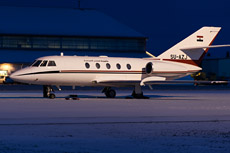
|
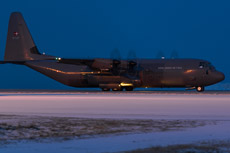
|
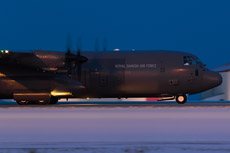
|
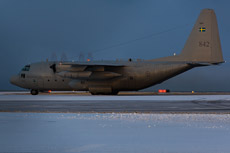
|
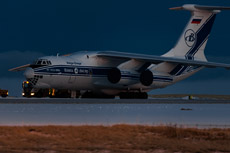
|
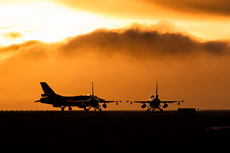
|
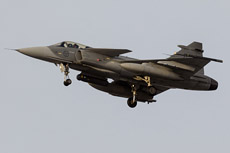
|
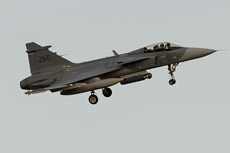
|
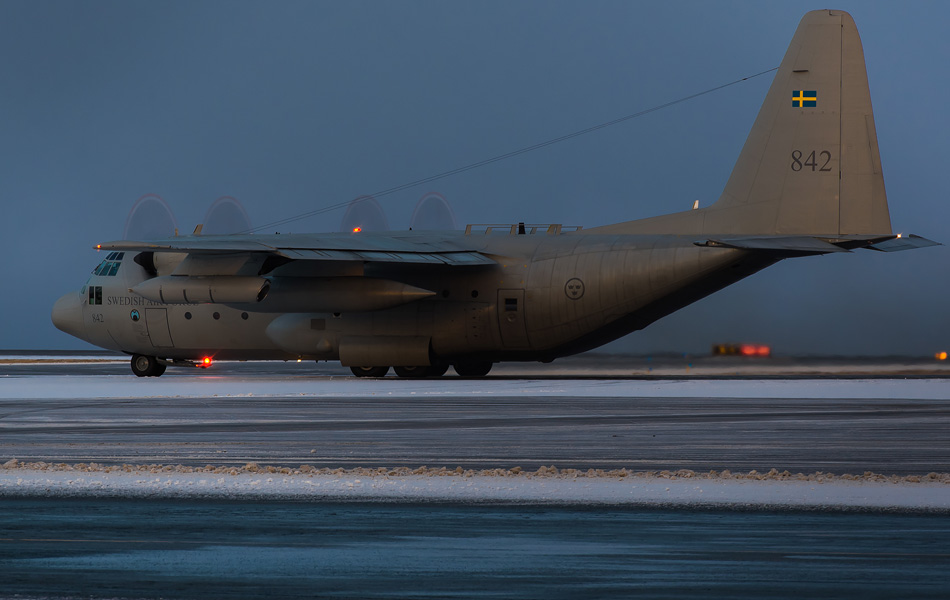
|
Operations (COMAO), Air to Air Refueling (AAR) Operations, Airborne Early Warning (AEW) Operations and Search and Rescue (SAR) Operations. Cross border training is conducted weekly by Norway, Sweden and Finland. However, it is new to do it on foreign territory like in Iceland. For the Support of the training, there are U.S. tankers from Mildenhall in the United Kingdom and a tanker from Eindhoven in the Netherlands available. The AEW support during the training is delivered by the NATO at Geilenkirchen in Germany. The AWACS will fly its missions from Norway during this training. The CRC at Keflavik will coordinate the air operations; the Icelandic CRC crew is supported by crews from Norway, Sweden and Finland. The Icelandic Coast Guard is supported by two Finnish NH90s, because Iceland has not always the capa- city available during this training due to the other national tasks of the organization.
The Norwegian flying detachment is during the training under the command of the Norwegian senior representative LtCol Haakon Gamborg. The Norwegians have paid all the costs of the training course, because Iceland has a too small budget for such a large scale exercise. This training has therefore a big impact on the Norwegian budget for 2014 which makes it a very important and valuable training for the Norwegians. The exercise of the Norwegians and their partners contains three phases. The first phase (Phase I) has been launched on January 31, and has already been completed. This phase was primarily a logistical phase and consisted of flying the operational units to Keflavik to deploy them there. The planning of such an exercise is for the organizer not easy. Goals which have been achieved during the preparations were an extensive plan- ning, including scheduling conferences, and extensive combined logistical prepara- tions. The second phase (Phase II) is the operational phase of training which takes place from February 3, until February 20. There are two daily missions flown between 1000Z and 1230Z and between 1400Z and 1600Z. Night operations are performed too during these three weeks between 1915Z and 2115Z. Particularly night operations are intense, because everything depends on a good and clear communication during these kinds of missions. The third phase (Phase III) will be held on February 21, and is again a logistical phase containing the withdrawal of the units from Keflavik back to Norway.
The Norwegians have two main tasks during the joint training. The first task is the most important task and includes the QRA mission. All the other tasks during the training should be discontinued when the Norwegians receive an alpha scramble or due to less availability of aircraft or ground equipment for this task. The Norwegian Air Force has for the QRA mission two F-16s 24 hours a day stand-by. There are also another two spare F-16s prepared for the same task during this detachment. The second task of the Norwegian detachment is participation in the Iceland Air Meet 2014. Four F-16s of the Royal Norwegian Air Force will fly along during the training missions during the Iceland Air Meet. Working with the Northern partners is a good way to train the pilots continuously. During the QRA mission, the pilots do not have to wait 24 hours a day until there is a scramble, but they can actively participate in a major international collaboration. The two QRA F-16s which are standby are also able to fly along during practice missions. Integrated flight operations with the Northern partners are performed in the same way in Norway. This way of working is during the training intensively practiced. The Norwegian organization comprises a total of 110 people, including a staff training director and staff of the Norwegian detachment, a CRC (Surveillance & Control) which is complementary to the current Icelandic occupation during training missions, OPS (Mission Support/Pilots) which have six F-16s at their disposal, logistics units, a maintenance unit and finally a force protection unit for additional security for the Icelandic airbase.
|
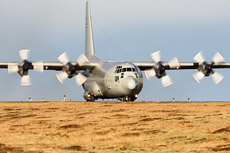
|
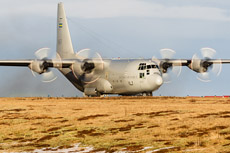
|
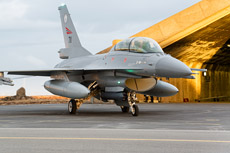
|
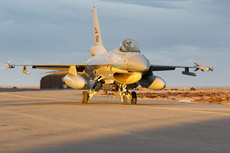
|
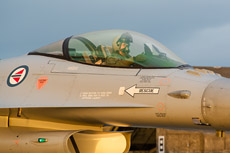
|
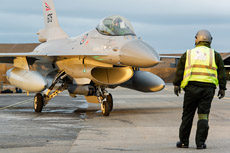
|
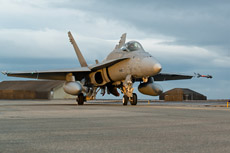
|
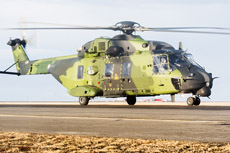
|
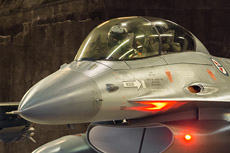
|
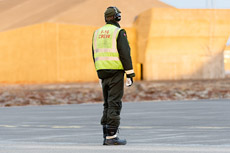
|
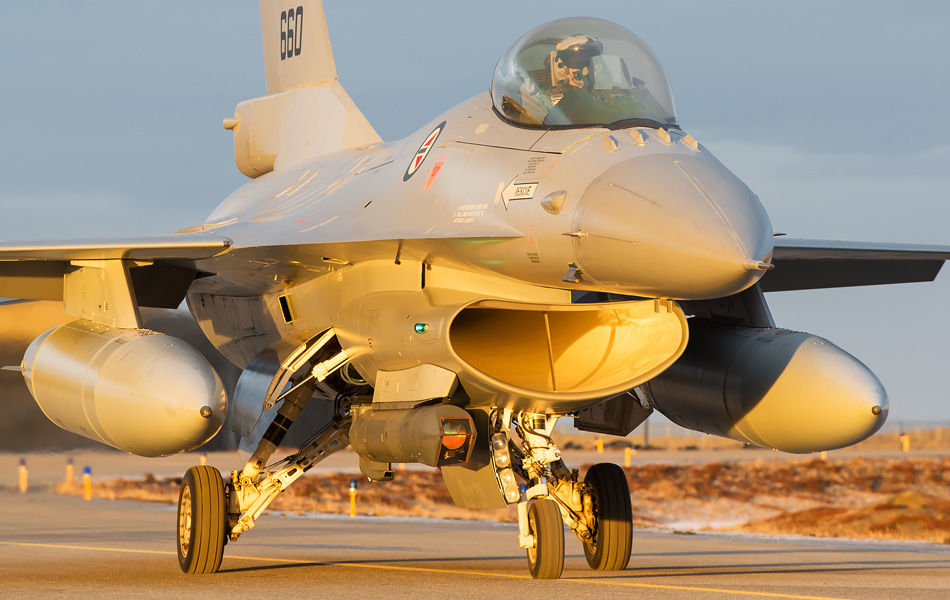
|
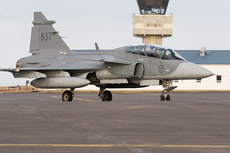
|
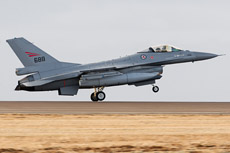
|
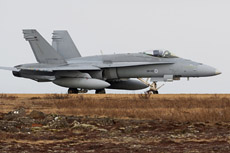
|
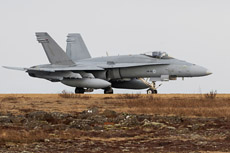
|
|
|

|







